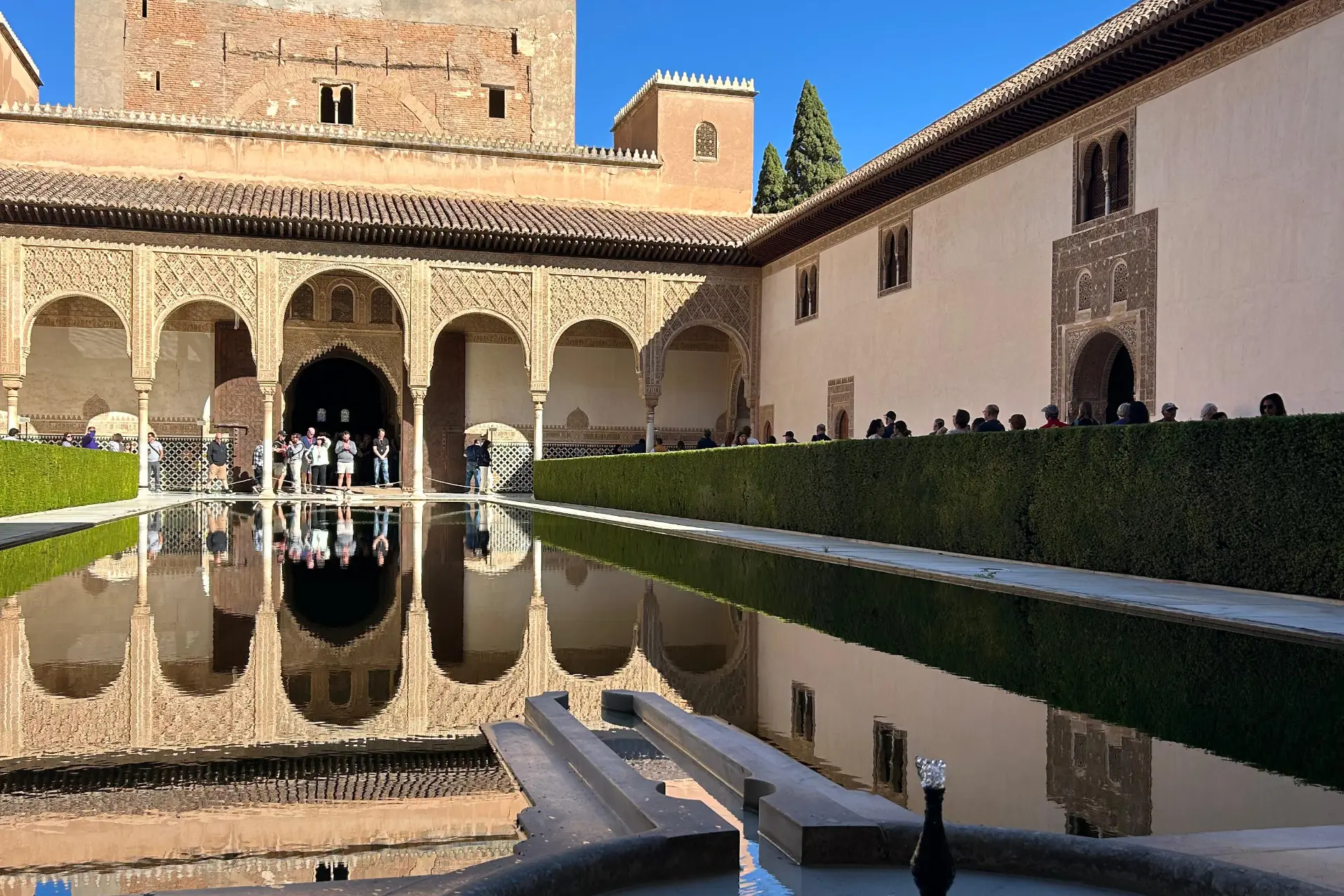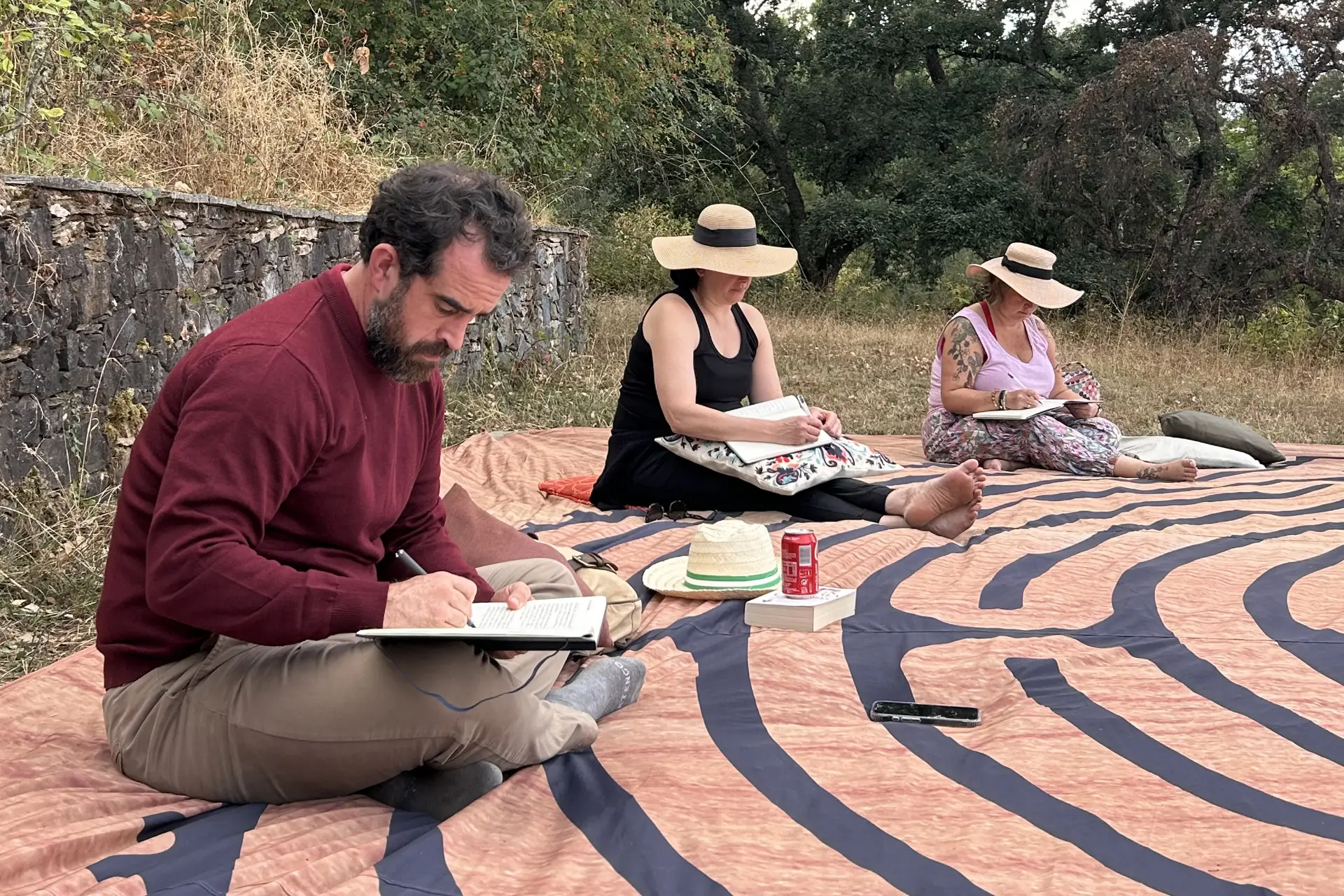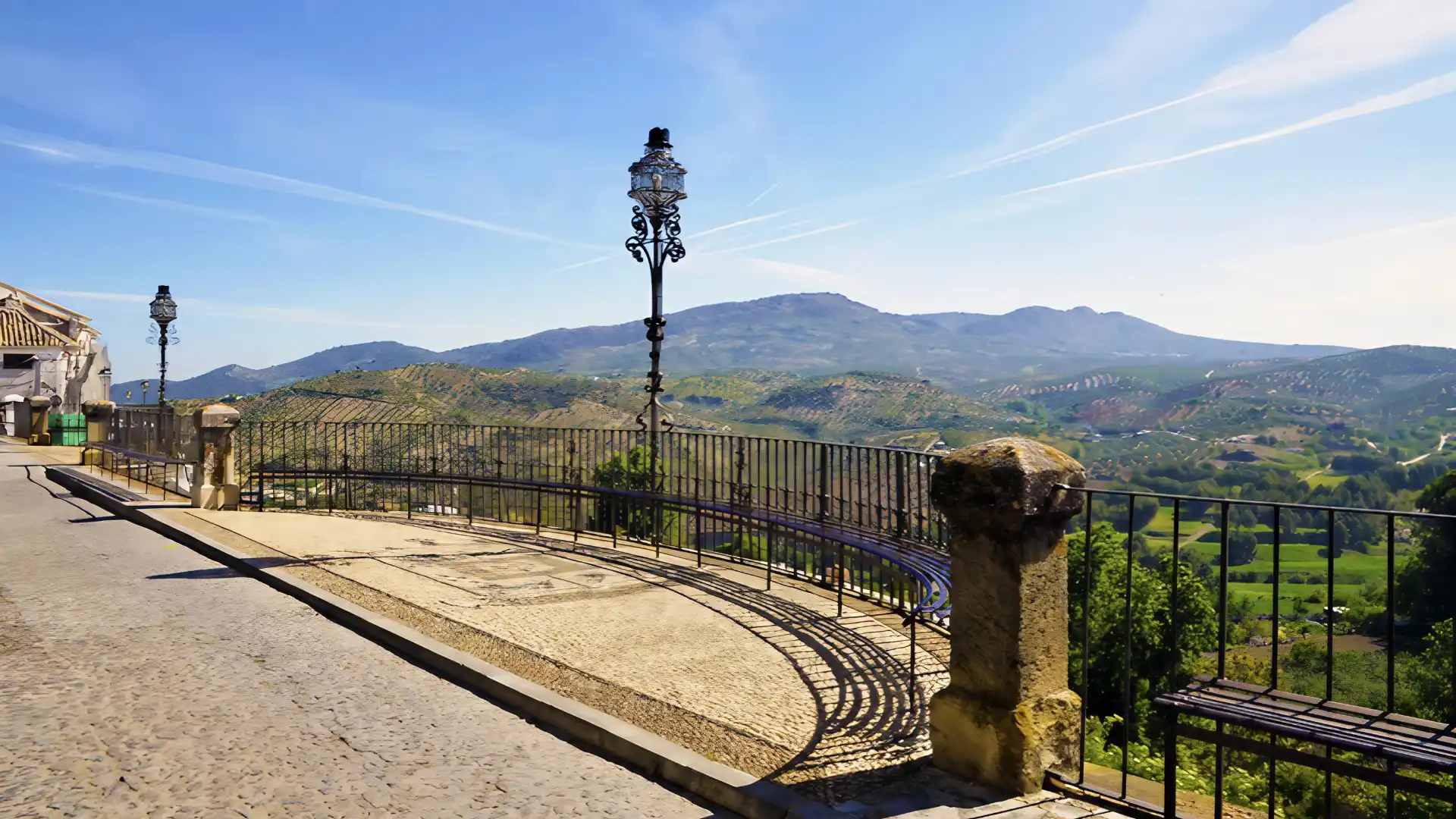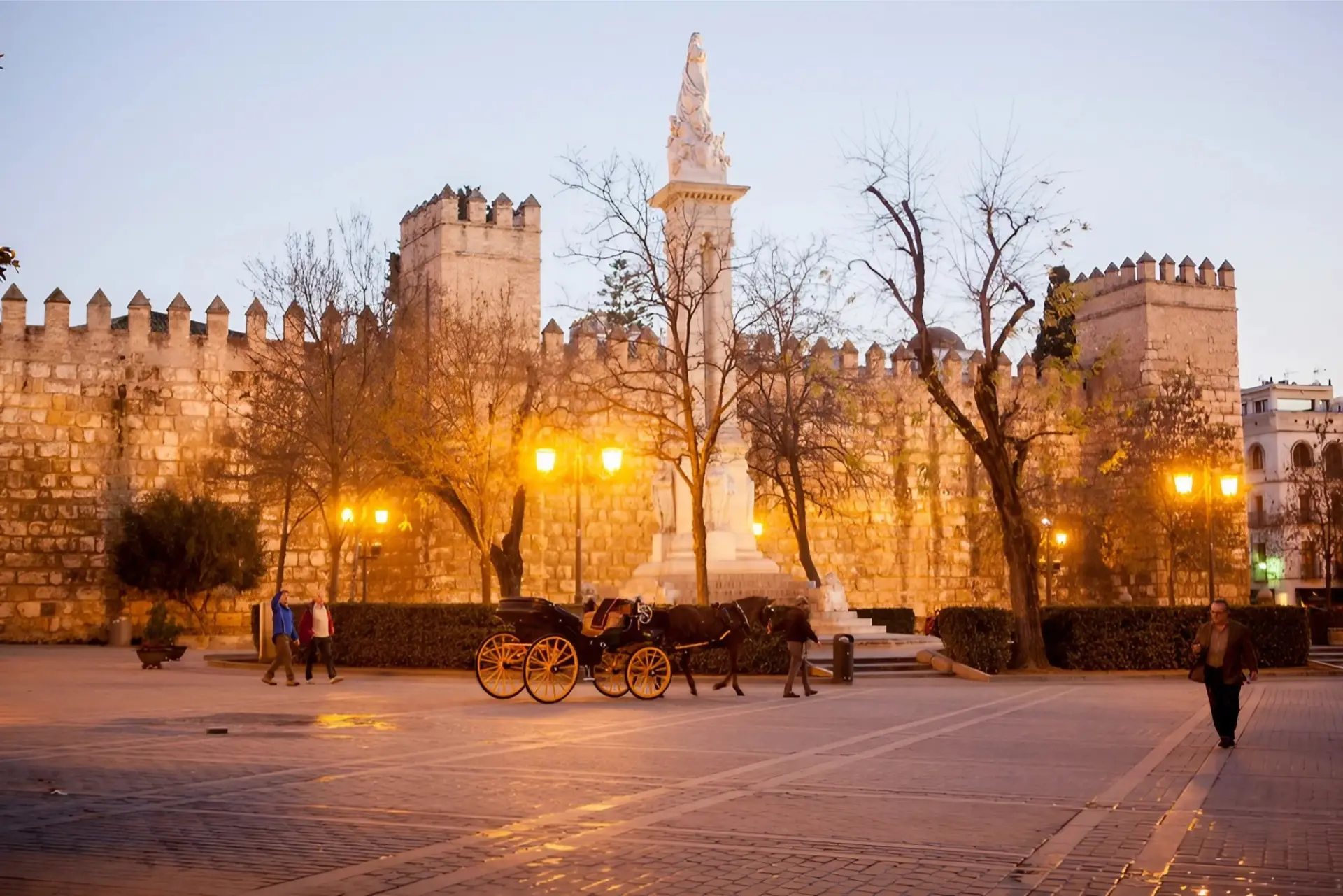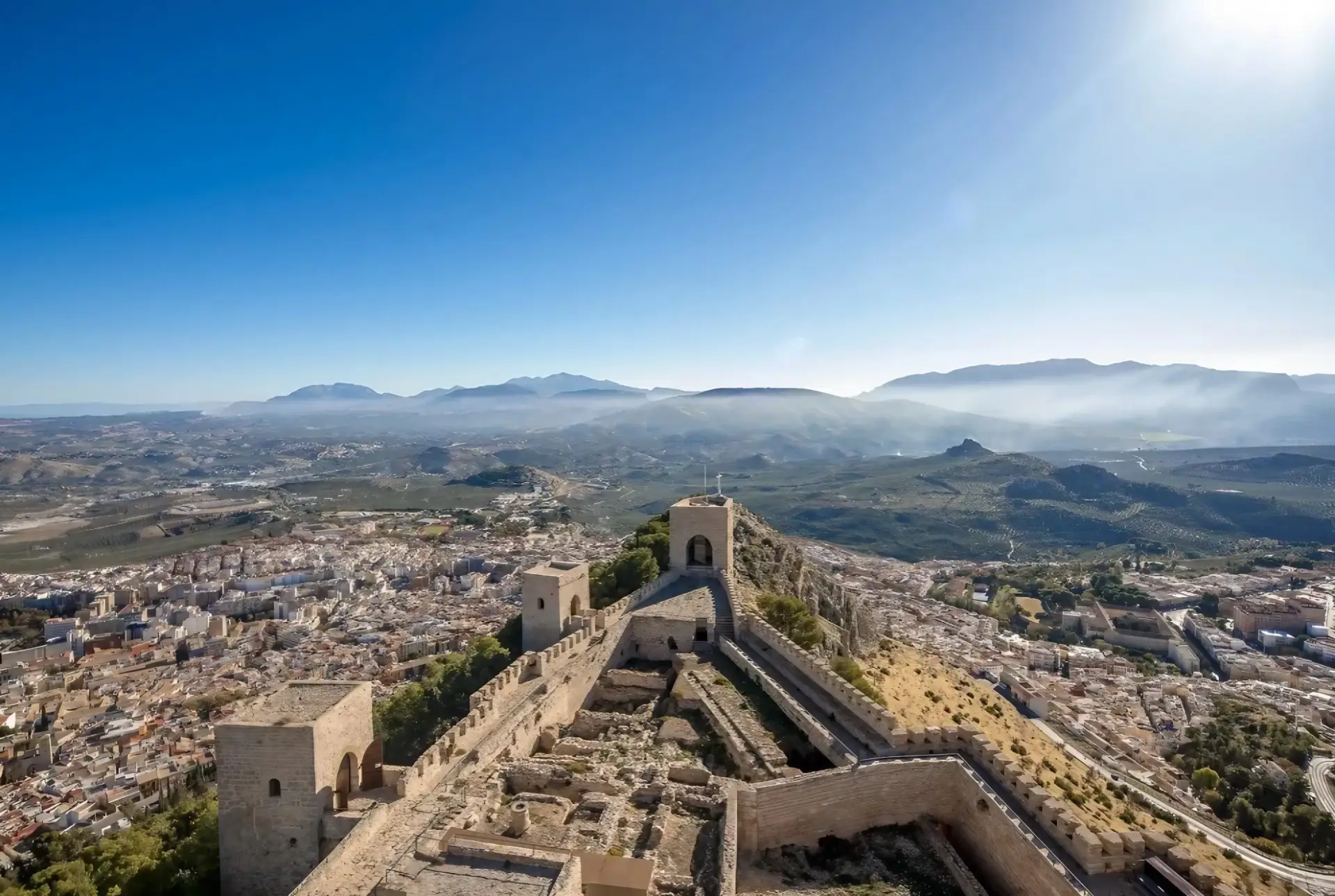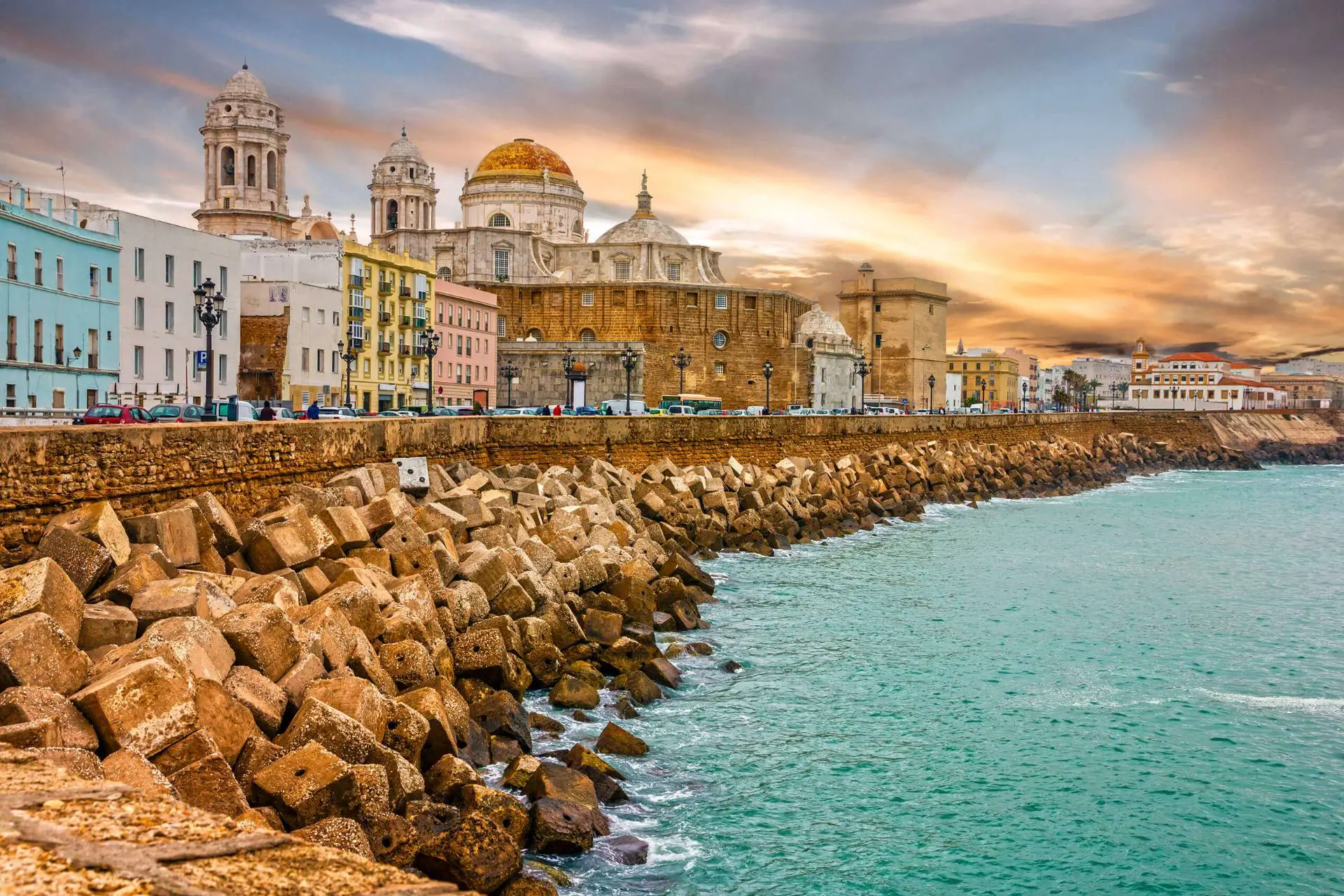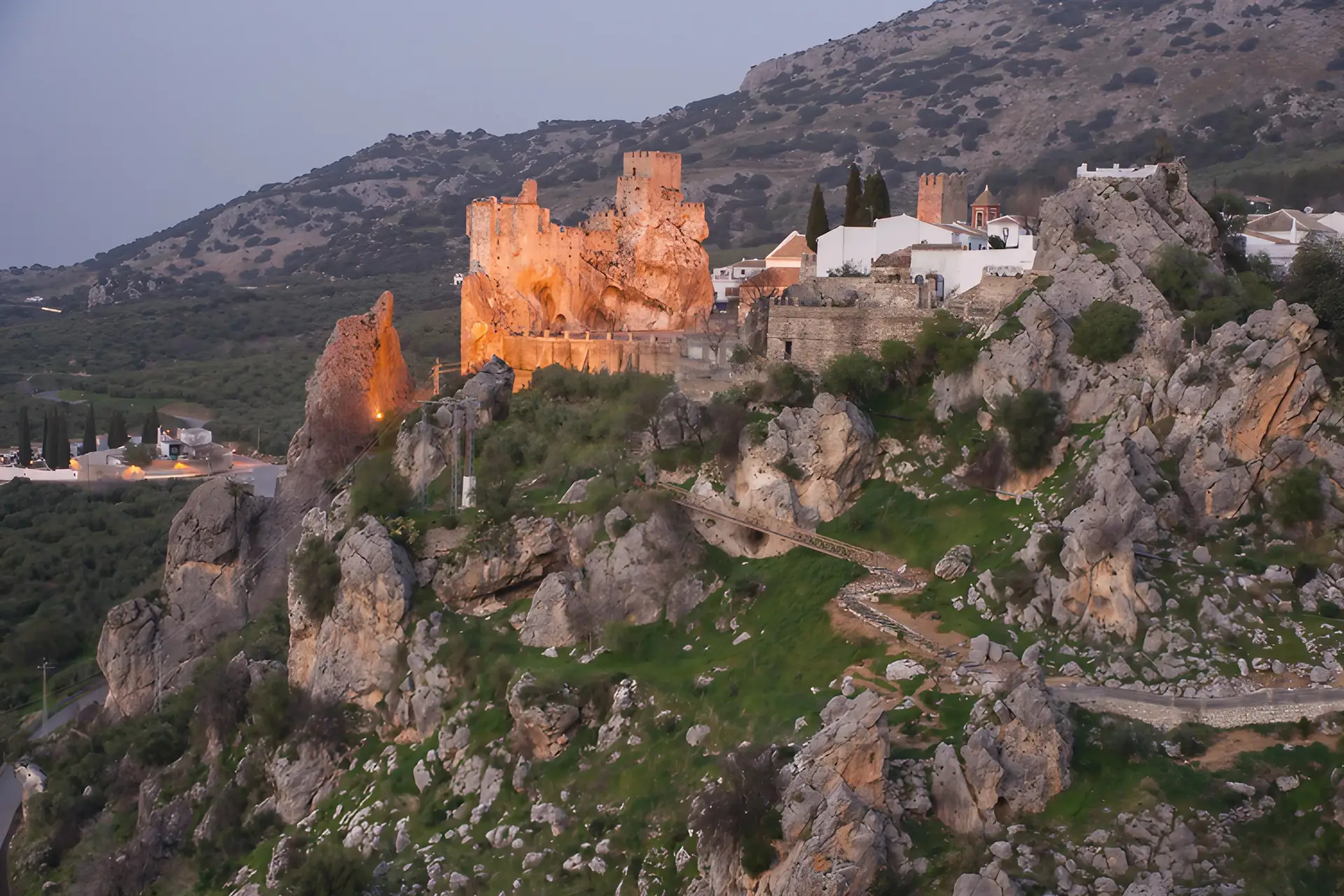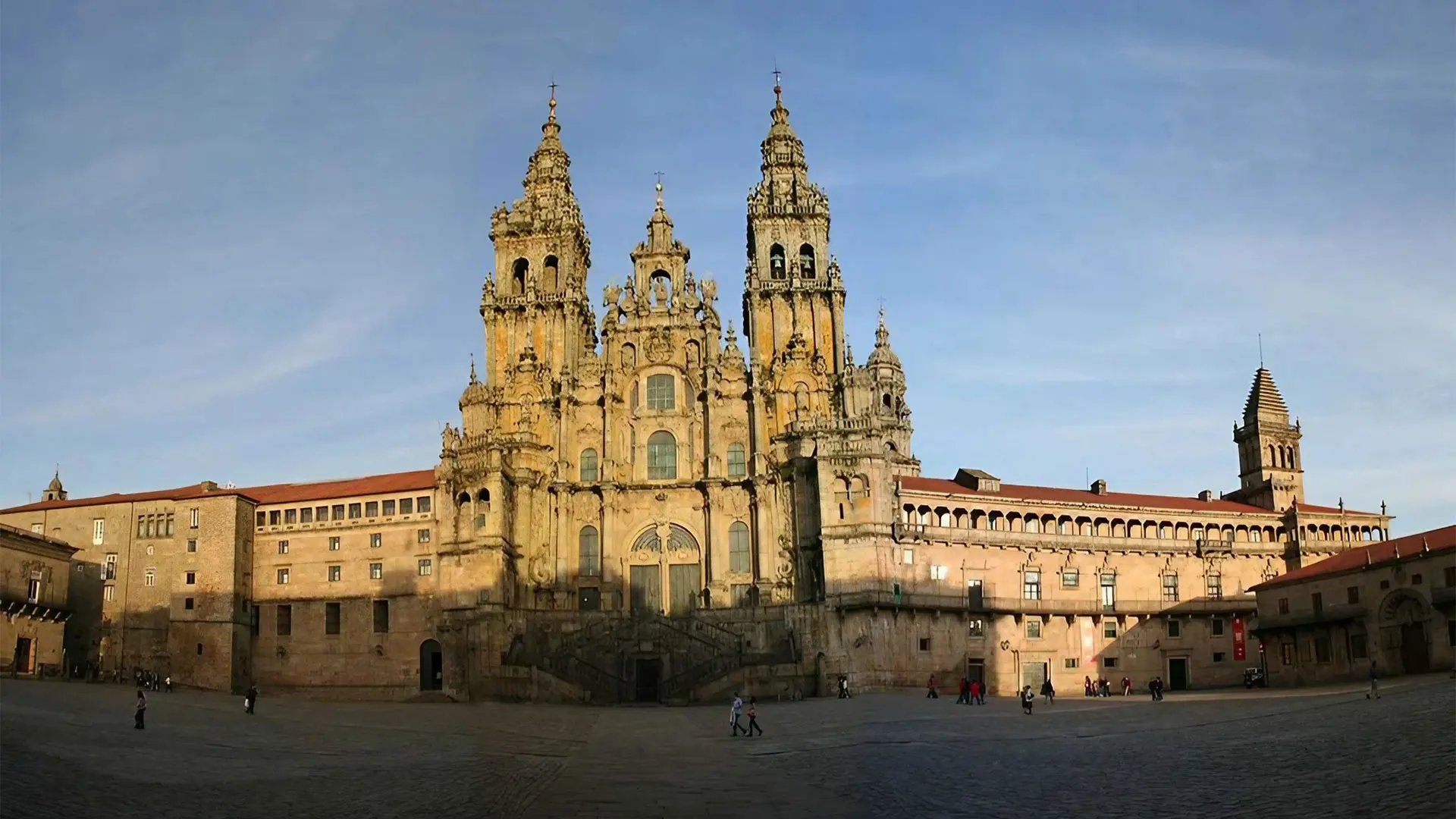
One of our most popular group tours is the Camino de Santiago. A pilgrimage route that started some 900 years ago when Bishop Teodomiro ‘discovered’ the tomb of St James, there have been questions whether the remains identified as the bishop were actually his.
After centuries of debate about his existence, researchers have likely identified the remains of Bishop Teodomiro of Iria Flavia, a key figure in the origins of the Camino de Santiago.
What can we learn about the bishop from the new findings?
The Camino’s origins
The legend goes that between the years AD 820 and 830, following directions from a local hermit and after days of fasting and meditation, the bishop of Iria Flavia, Teodomiro, received a revelation the remains of St James the Apostle were in an abandoned cemetery in what is now Santiago de Compostela.
Following excavation of the remains, King Alfonso II of Asturias and his court marched from Oviedo to the site, creating the first pilgrimage route of Camino de Santiago.
Confirming Teodomiro’s existence
For centuries, however, the very existence of Teodomiro was questioned. That changed in 1955 when a tombstone with his name was uncovered beneath the Cathedral of Santiago. Initially, the skeletal remains found with the tombstone were thought to belong to Teodomiro, but decades later, they were reassigned to an elderly woman.
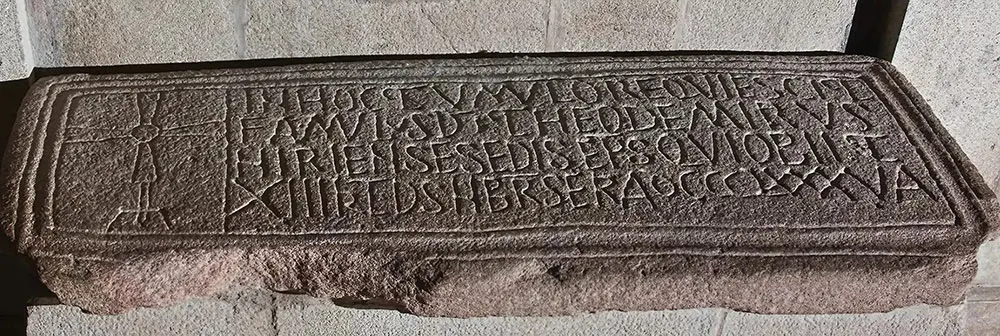
Now, an international team led by researchers from the Max Planck Institute for Geoanthropology in Germany has conducted a thorough analysis of these remains. By combining osteological, ancient DNA, and stable isotope techniques, they have strong evidence suggesting that these remains do indeed belong to Teodomiro.
“Our analyses show that the remains are from an elderly man, between 45 and 70 years old, which fits with the age expected for a bishop of that time,” explains Patxi Pérez-Ramallo, an archaeologist on the team. Additionally, stable isotope and ancient DNA analyses suggest that this individual was from Galicia, the region where the episcopal seat of Iria Flavia was located.
Radiocarbon dating places the remains between 673 and 820 AD. Although this range doesn’t exactly match Teodomiro’s death in 885 AD, it could be within acceptable limits due to factors like the marine reservoir effect from the individual’s diet.
“The bone sample used for radiocarbon dating had a relatively fast turnover of about 10-15 years. Also, the consumption of marine proteins could have made the remains appear older than they actually are,” Pérez-Ramallo points out.
Diet and status
Stable isotope analyses of carbon and nitrogen in the bones and dental enamel also offer insights into this individual’s social status and diet. The values are somewhat lower compared to other elite figures buried in the medieval necropolis of the Cathedral of Santiago. This may indicate a more modest lifestyle after the discovery of the supposed remains of St. James the Greater. It might suggest Teodomiro adhered to simpler diets, possibly influenced by monastic rules that restricted meat consumption.
On the other hand, ancient DNA analysis revealed a significant North African genetic contribution, which could reflect his Roman heritage or recent interactions with populations from Islamic Al-Andalus.
“This highlights the complex social and demographic interactions between Christians and Muslims in the Iberian Peninsula during the 8th and 9th centuries,” notes Pérez-Ramallo.
The findings, published in the journal Antiquity, not only clarify Teodomiro’s identity but also shed light on the diverse origins and social statuses among religious elites of the time.
“Studies like these, which combine archaeology, history, and natural sciences, are essential for understanding the past beyond the narratives shaped by the present,” Pérez-Ramallo concludes. “In this case, we’ve been able to confirm the existence of a key figure in the origins of the Camino de Santiago, deepening our understanding of this significant historical and cultural phenomenon.”
Are you ready to walk the Camino?
The Camino calls many people on a spiritual mission. Christian or not, the paths which lead to Santiago have a transformational effect as walkers find time to reconnect with themselves and the world around them.

There’s no need to be put off by the thought of primitive accommodation and bland food. A TOMA & COE Camino allows you to experience the spiritual in comfort and with delicious dining. Our ‘posh pilgrims’ are refreshed mentally and physically each day, as we walk the transformative Camino.
Camino with Yoga – 2025 dates, 3 spaces remaining
Quote: “TOMA & COE took care of everything which means I’m free to focus 100% of my energy on walking… letting go… and being present. The sights were breathtaking. The food was amazing. The hotels were perfect. The guides were angels. And the strangers I walked with will be lifelong friends. I’m a changed person and I can’t wait to go back and walk with TOMA & COE next year!”

